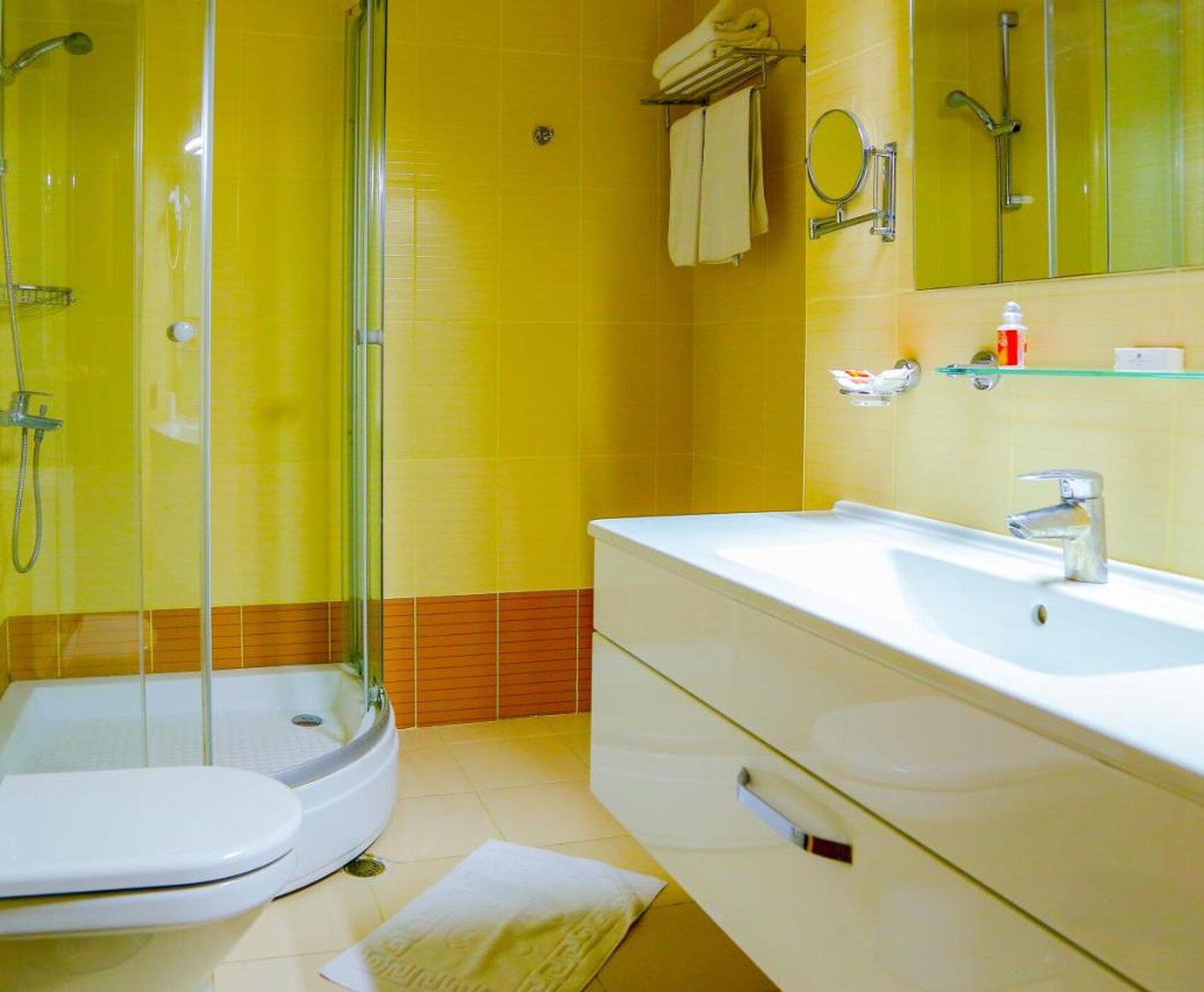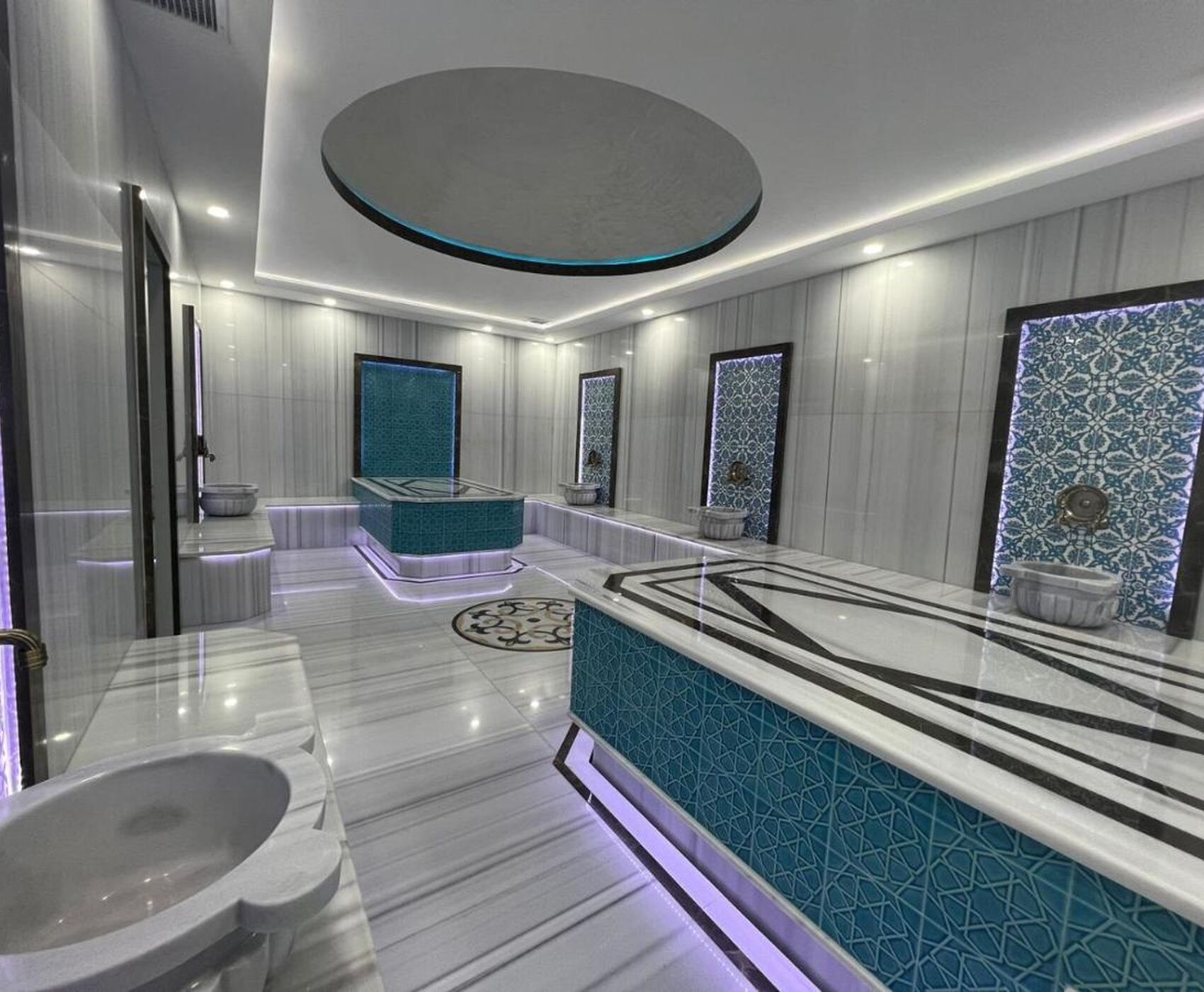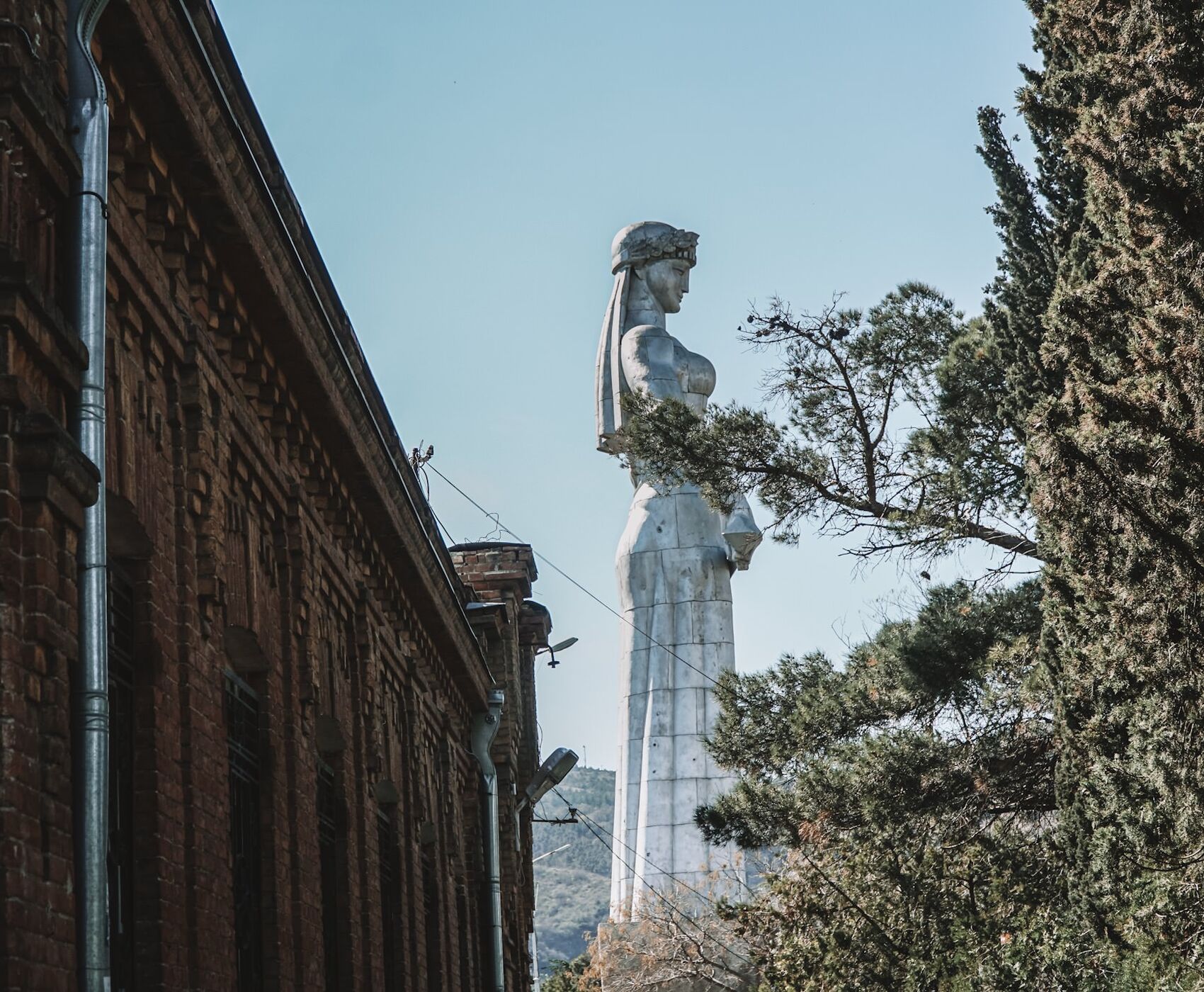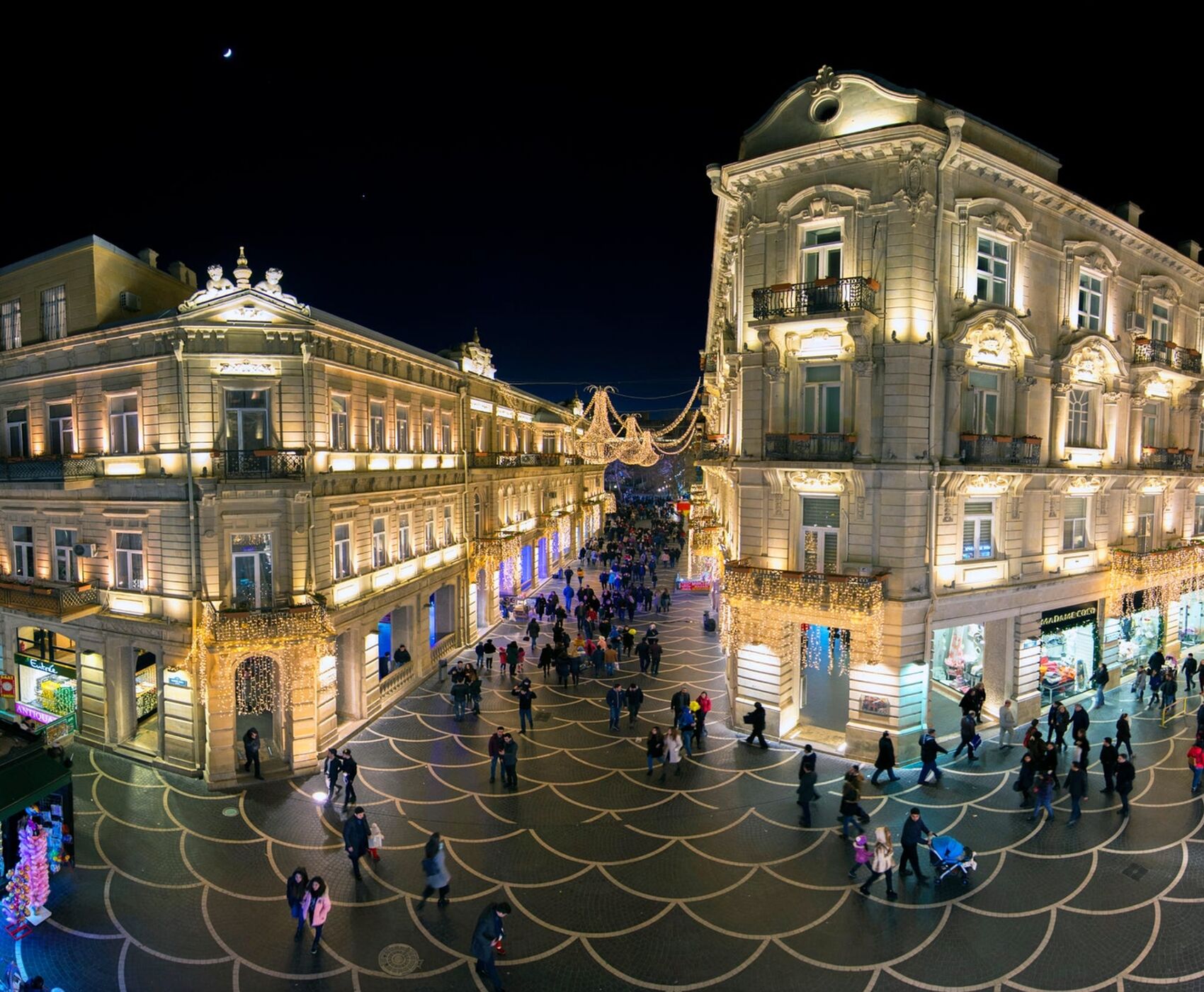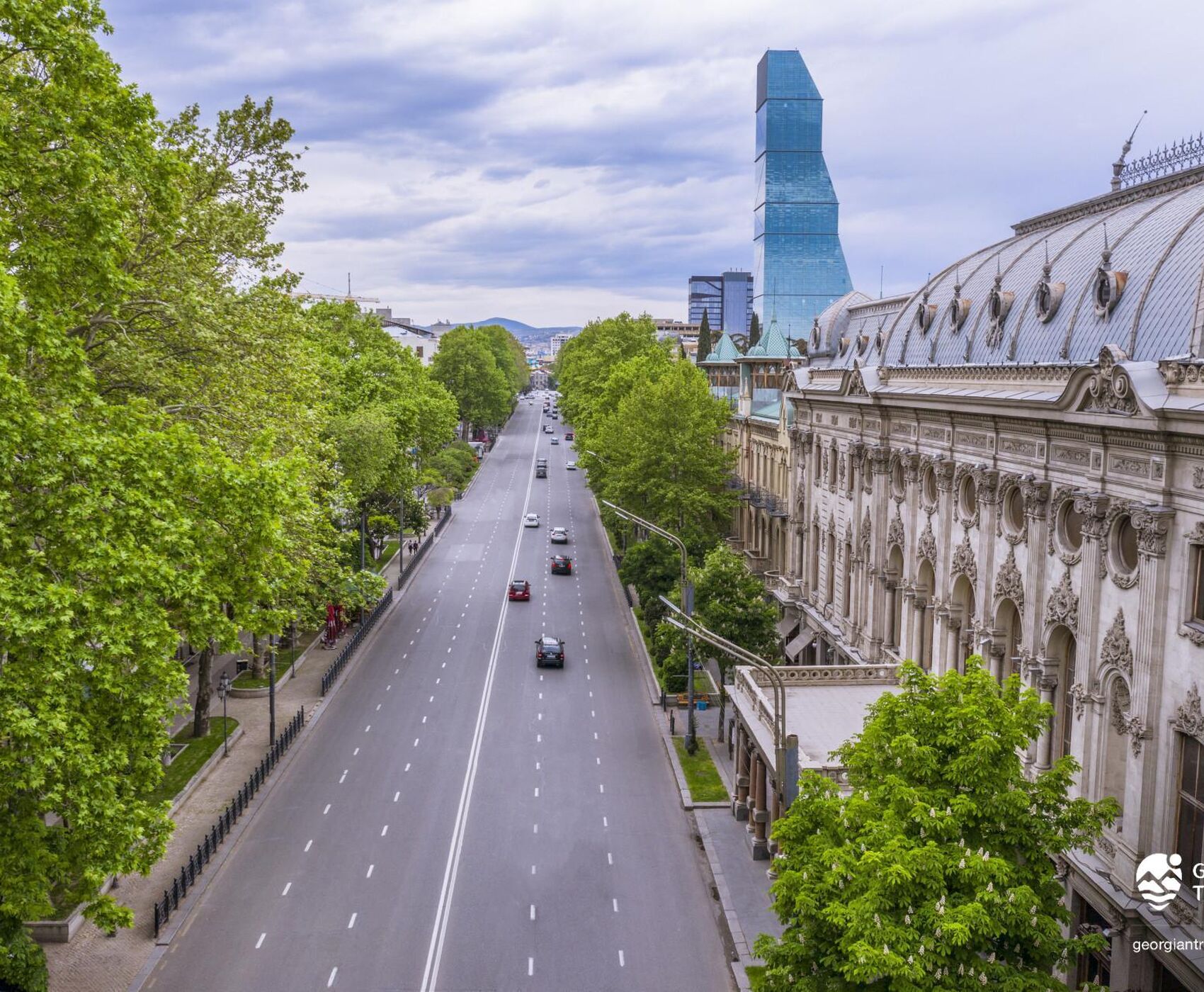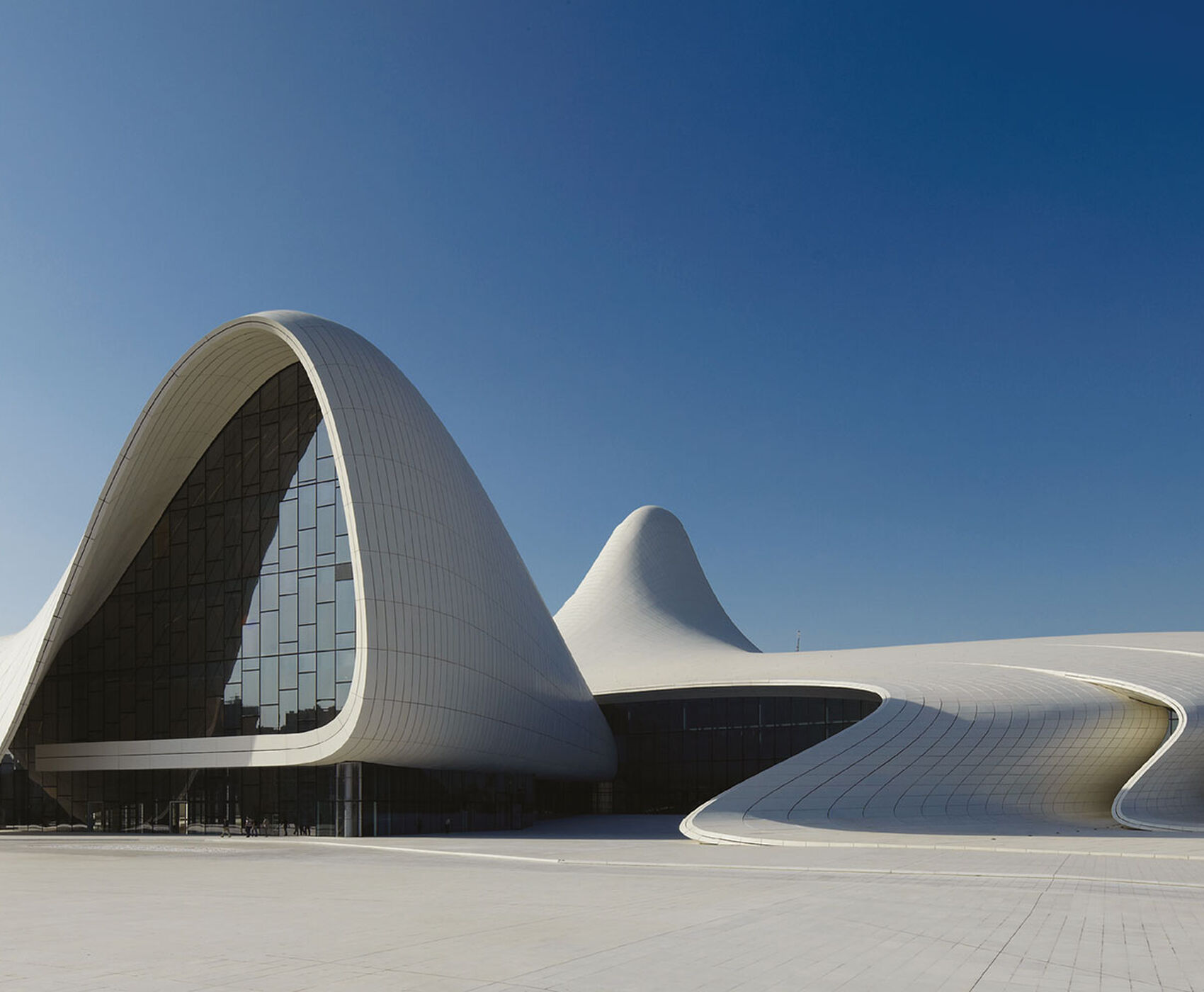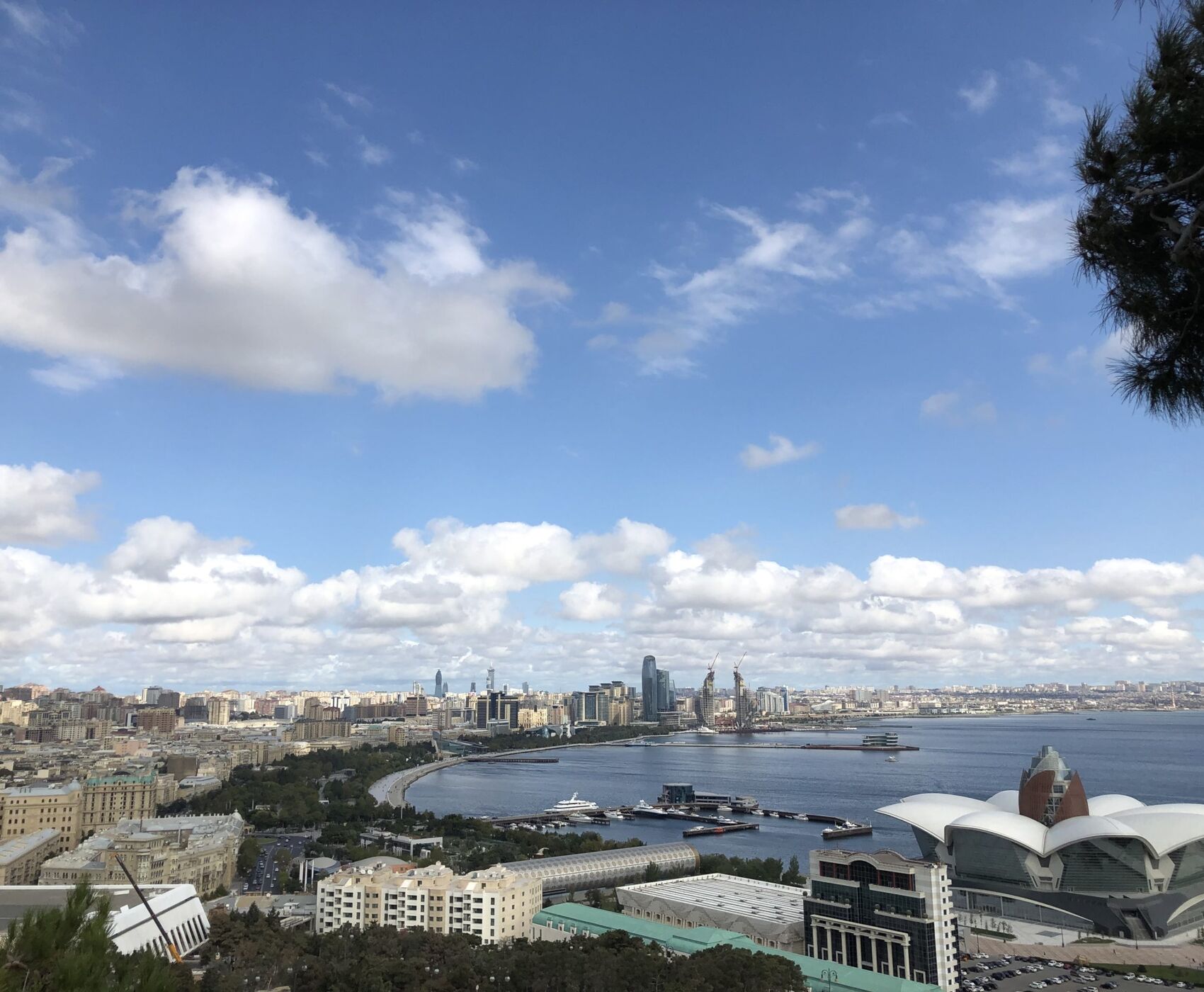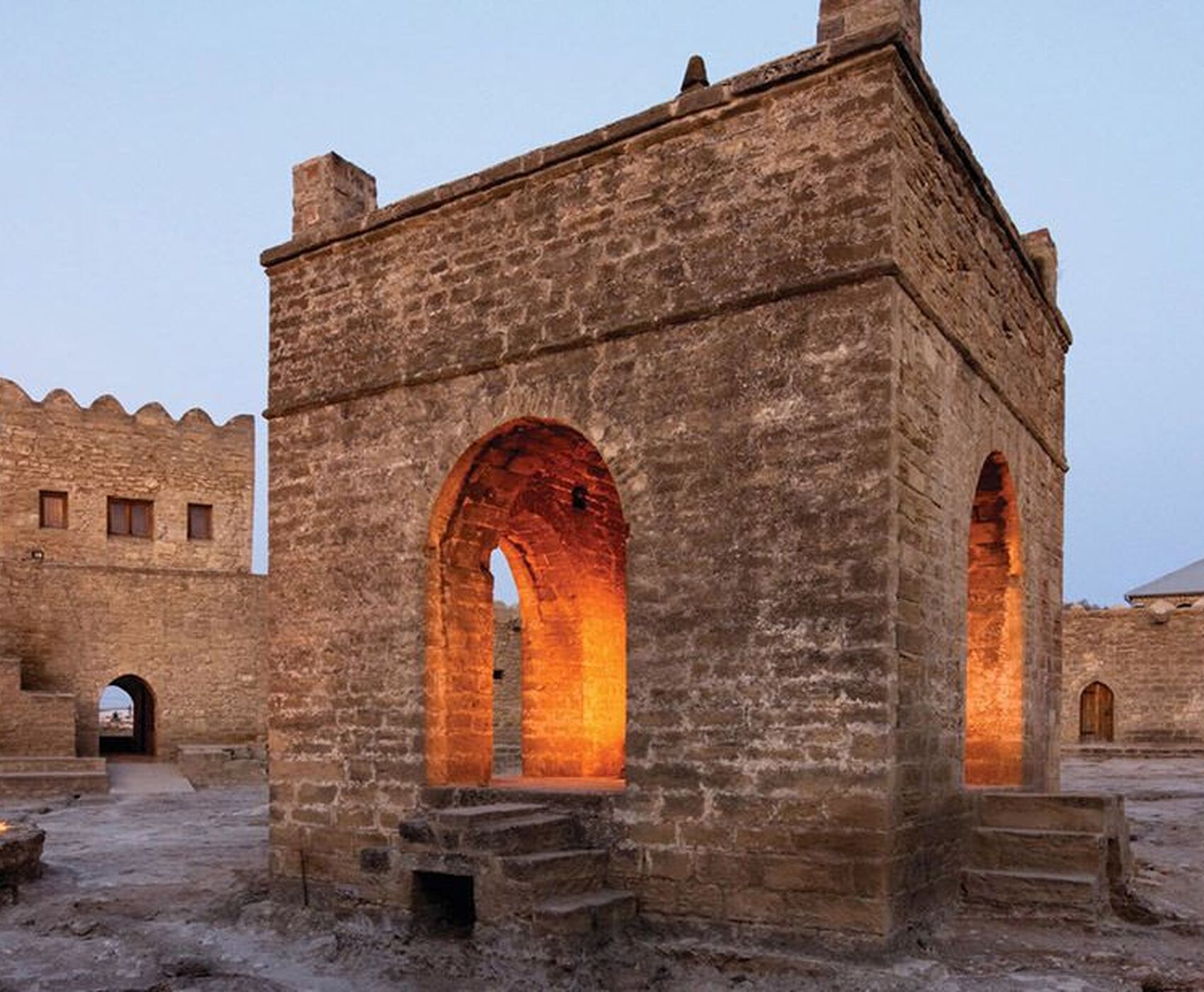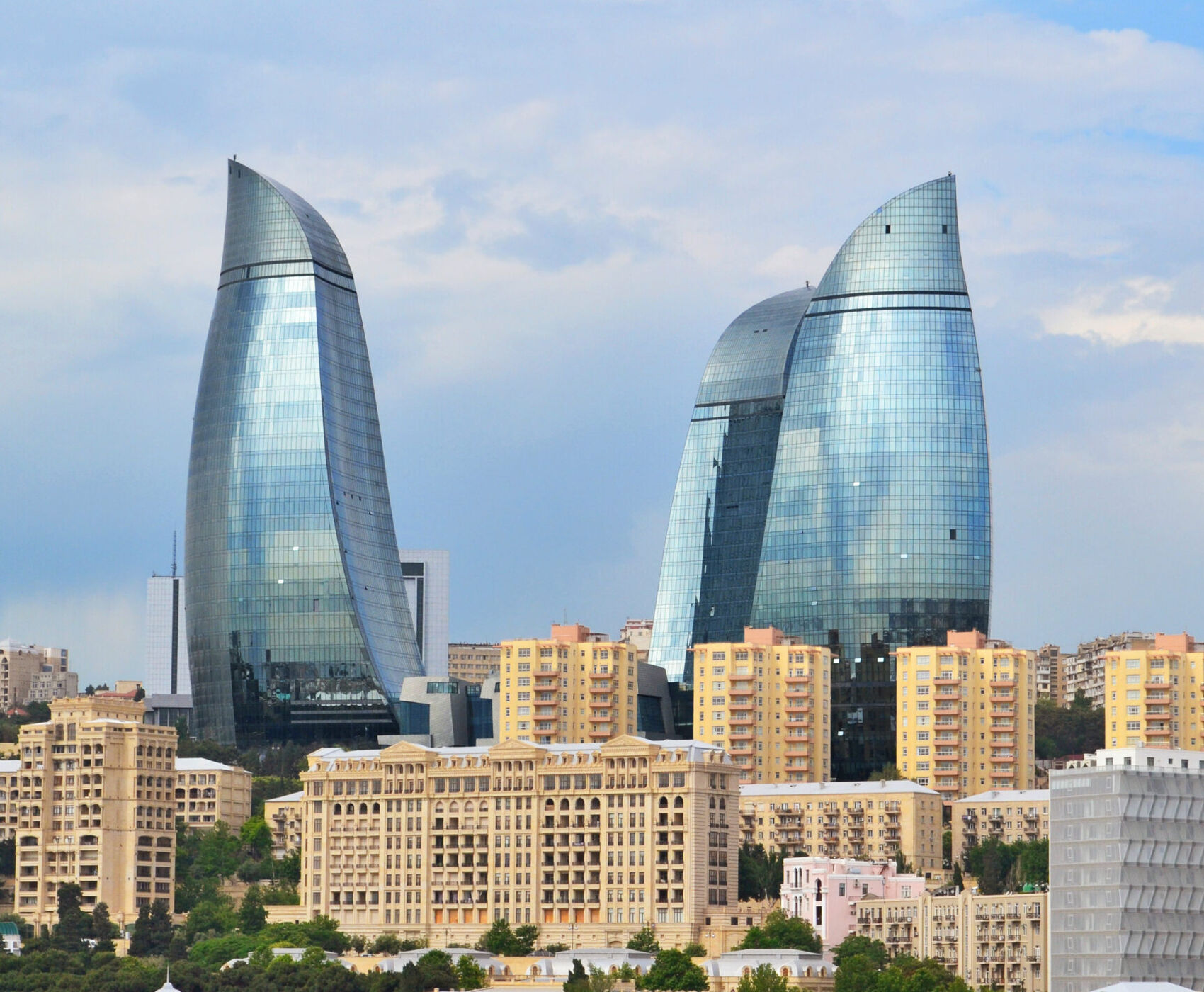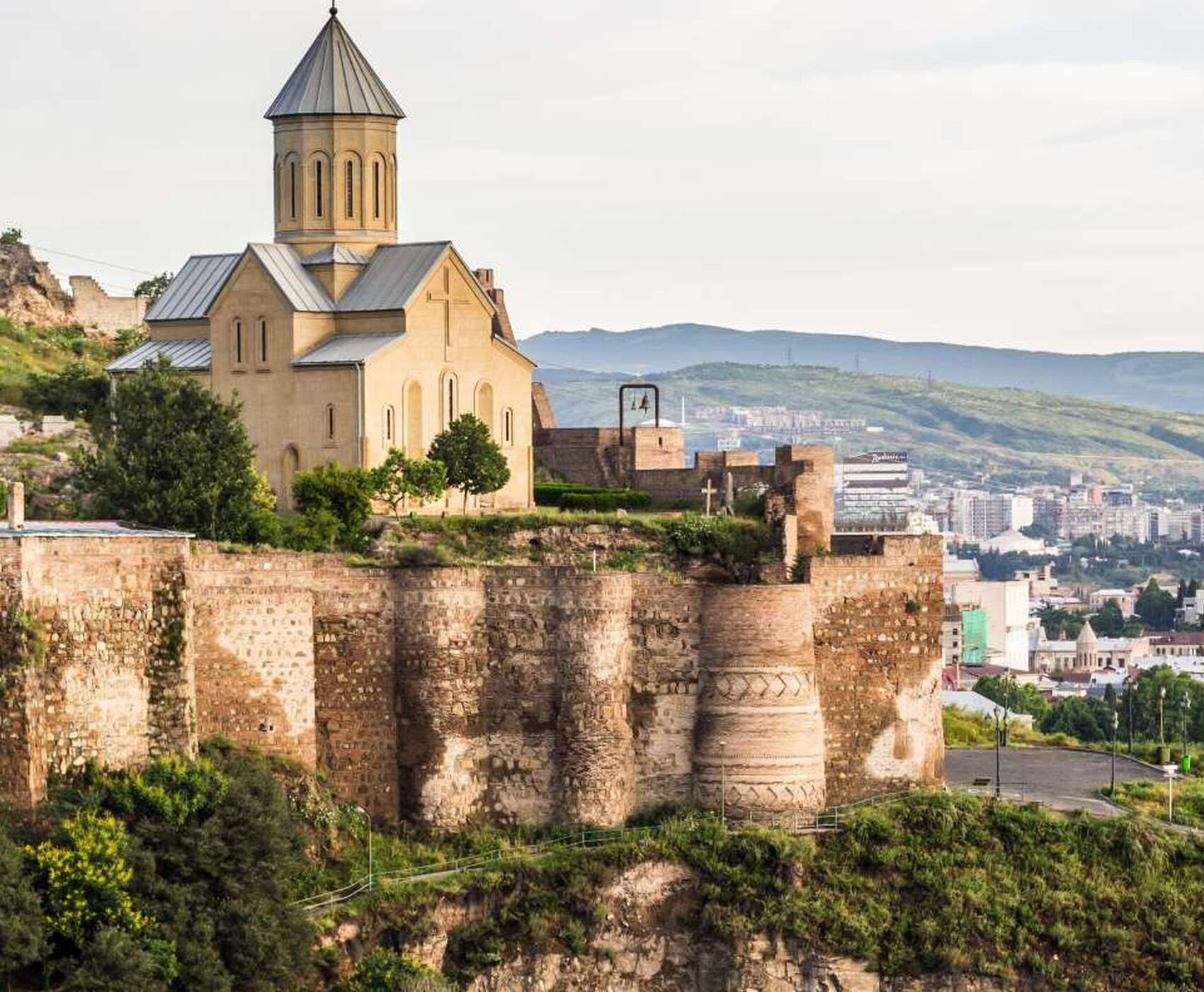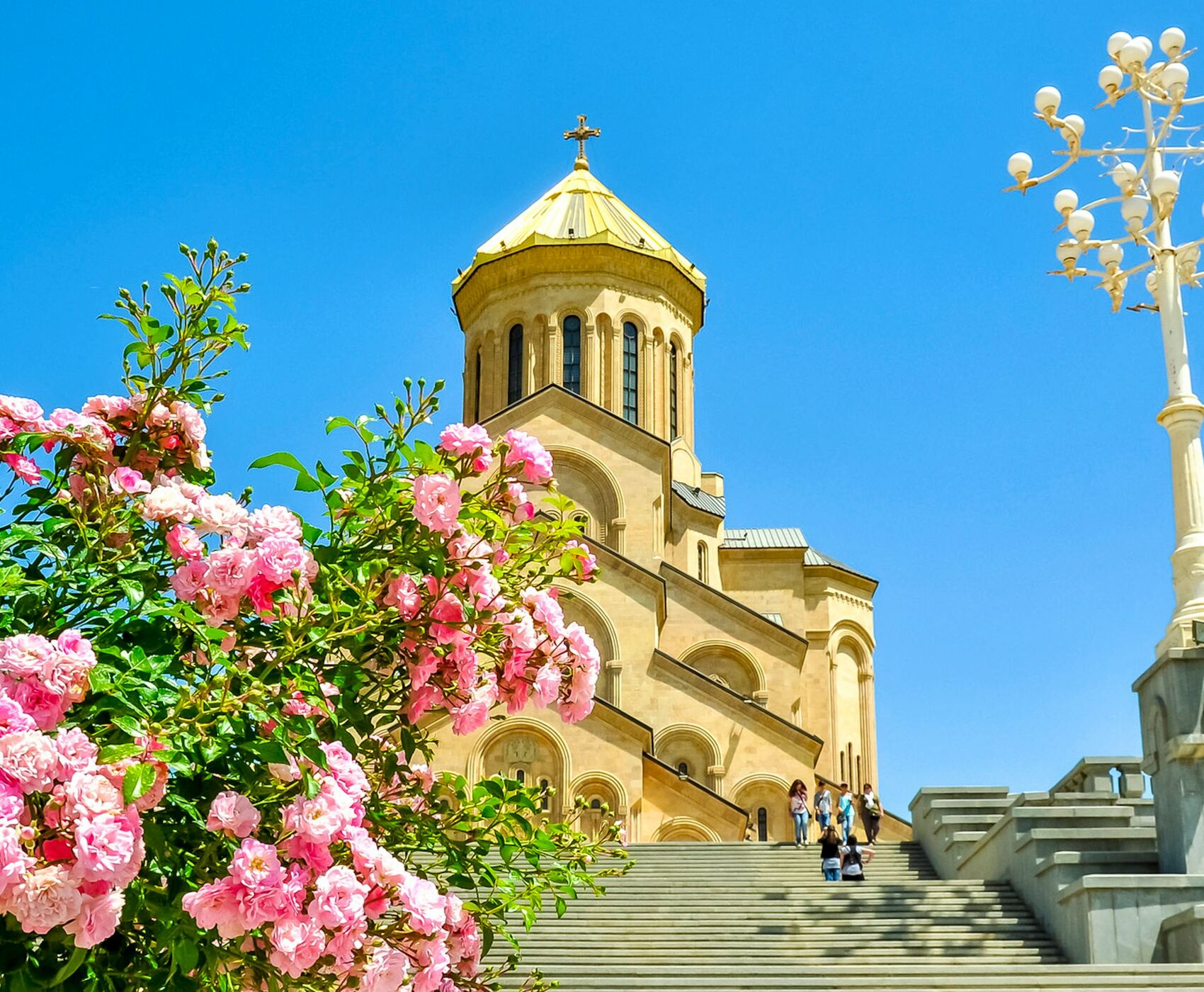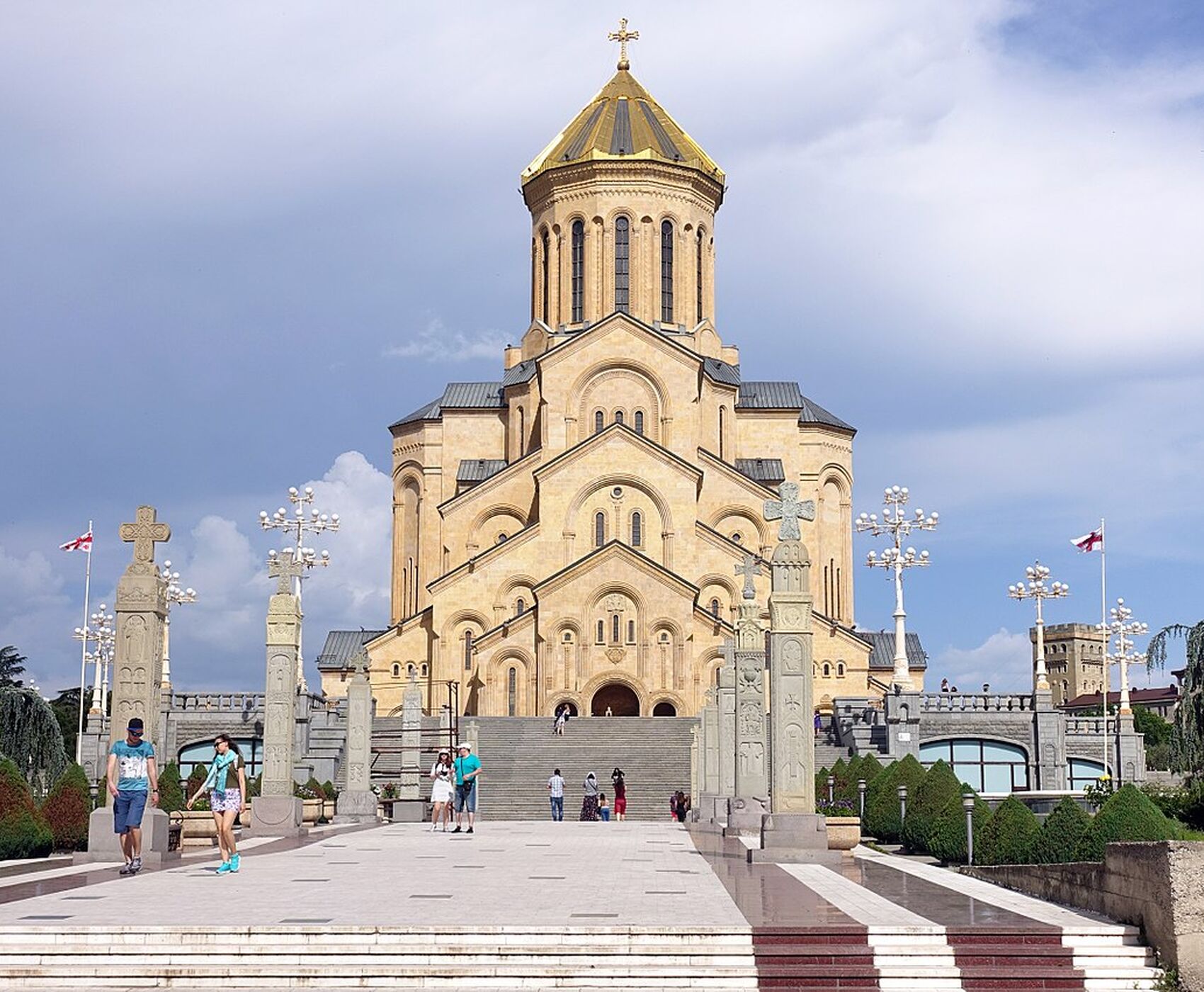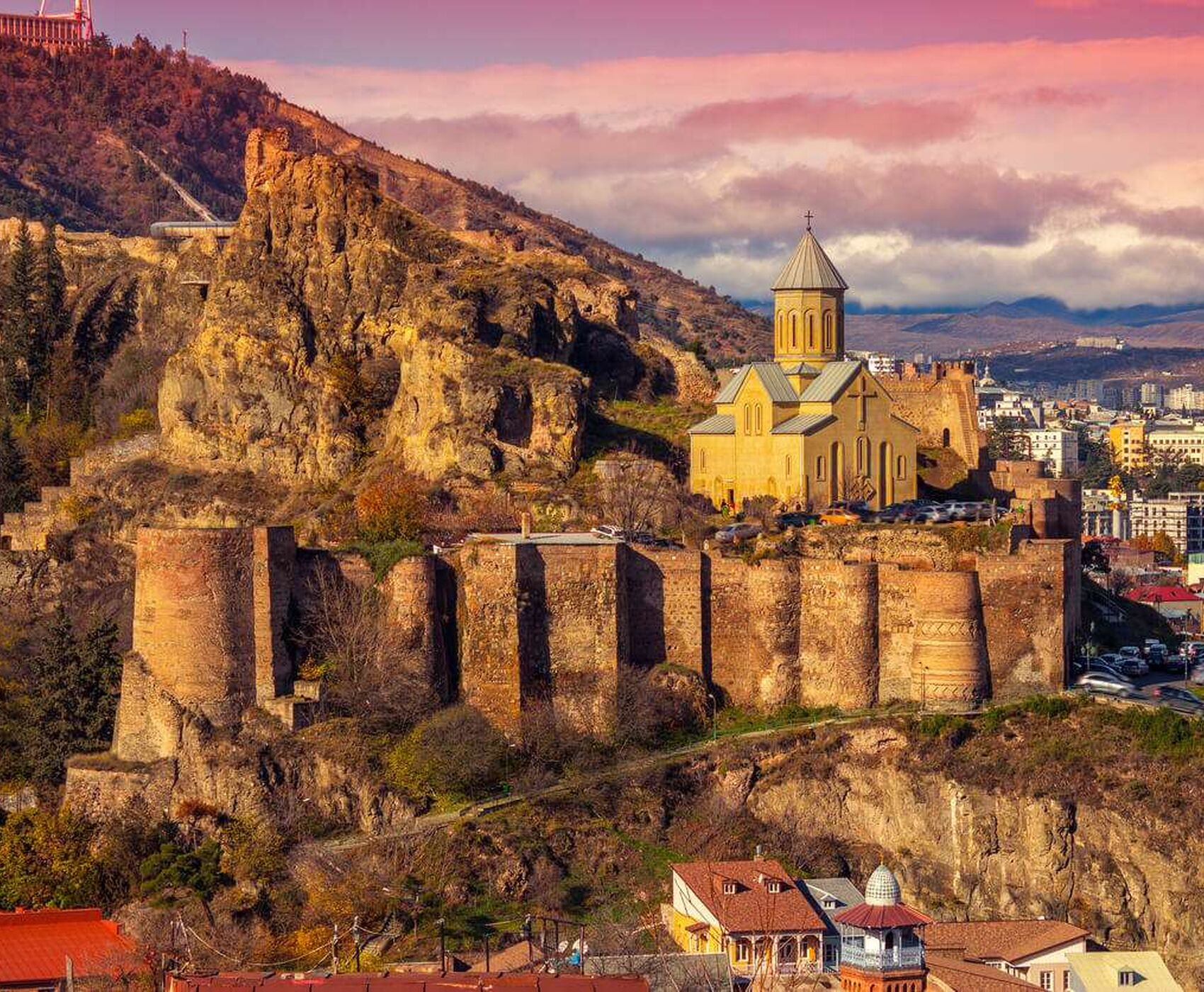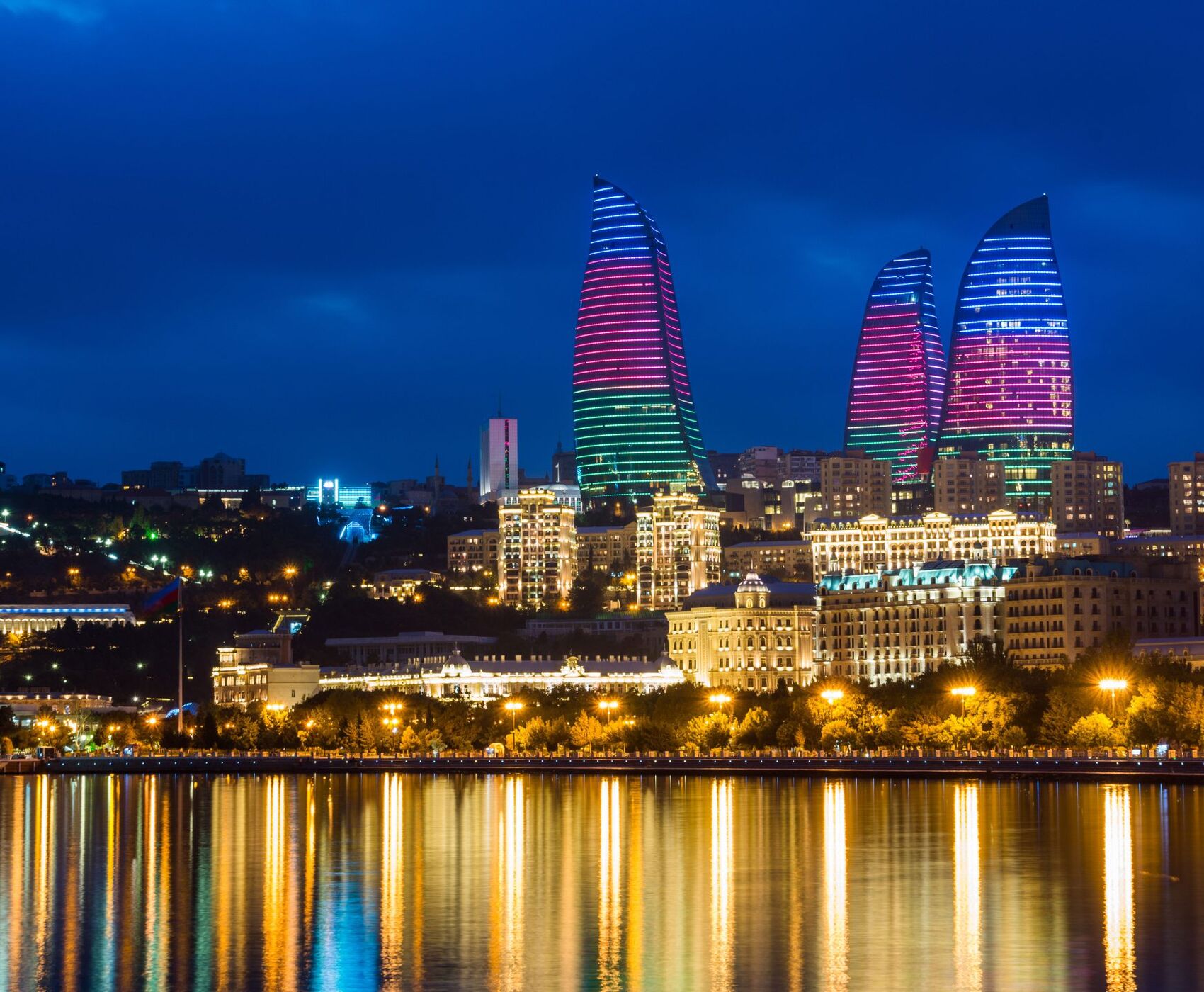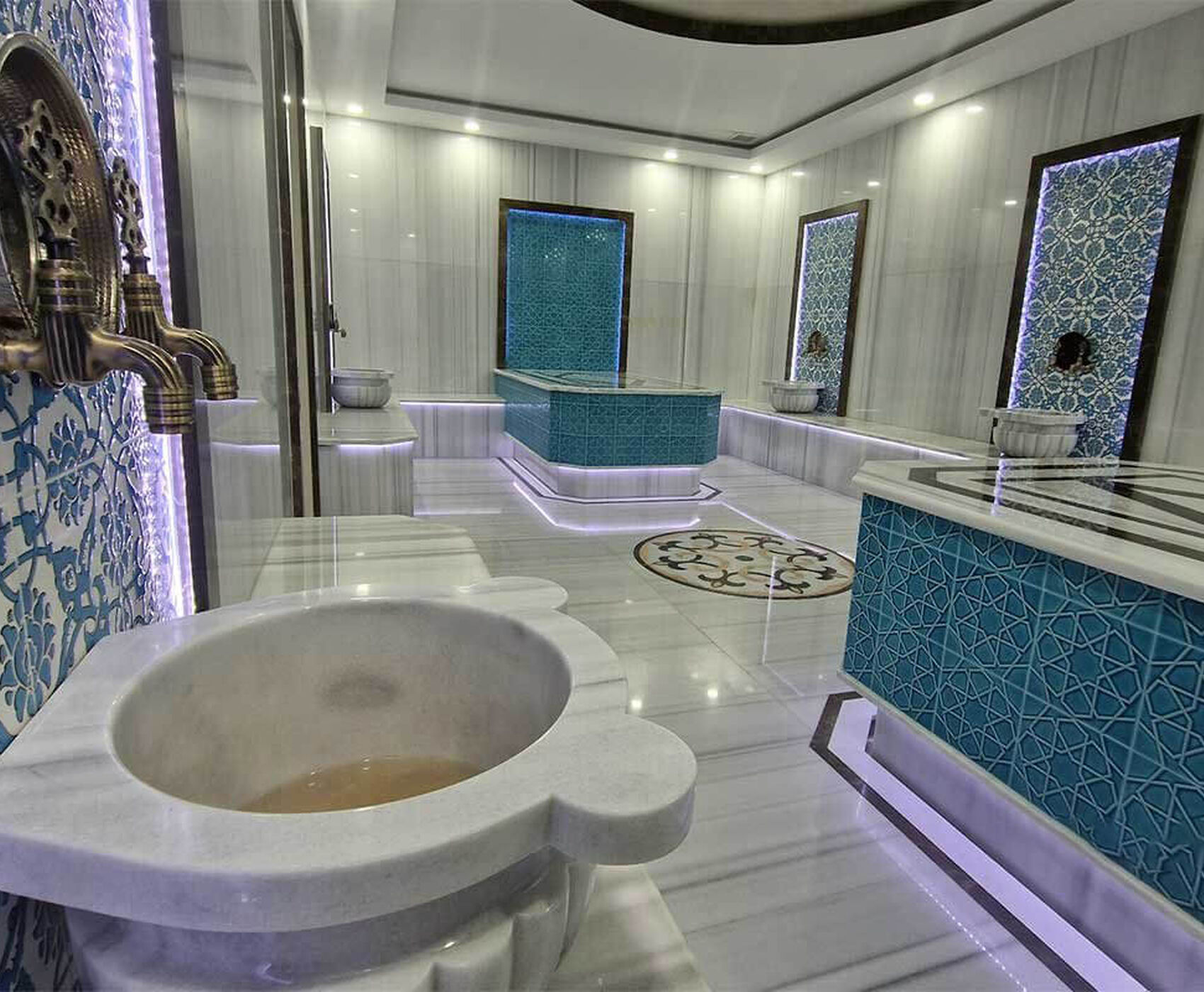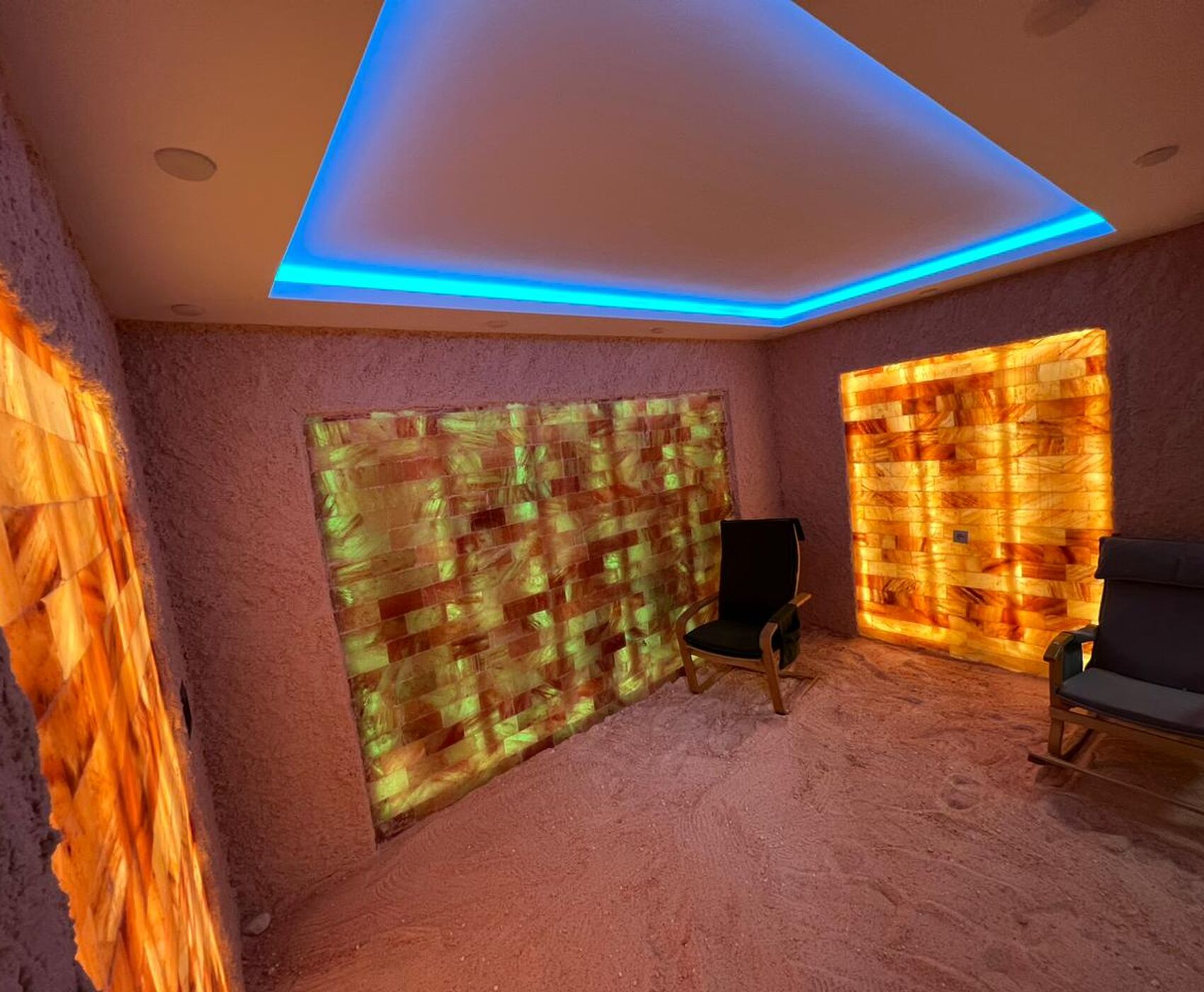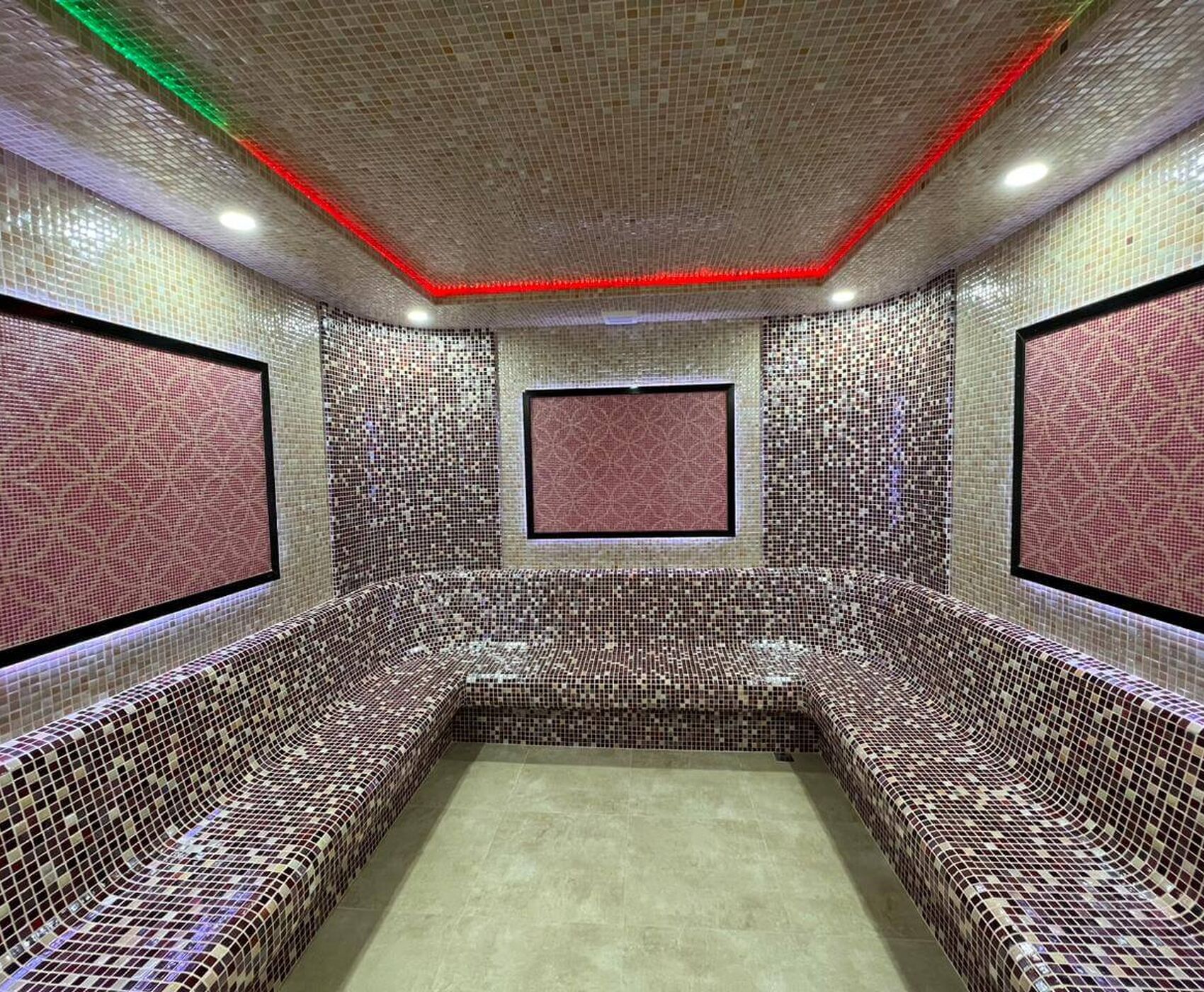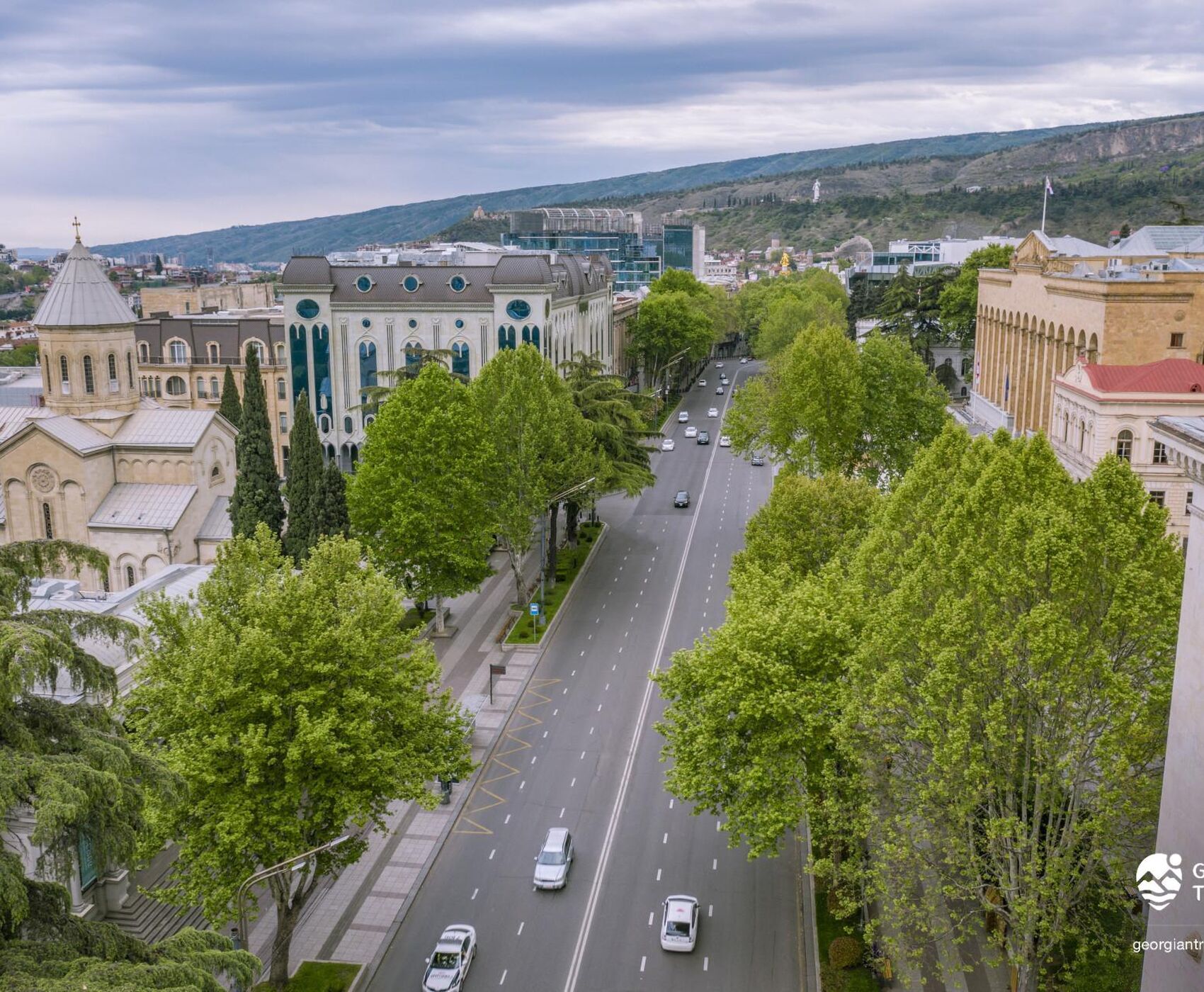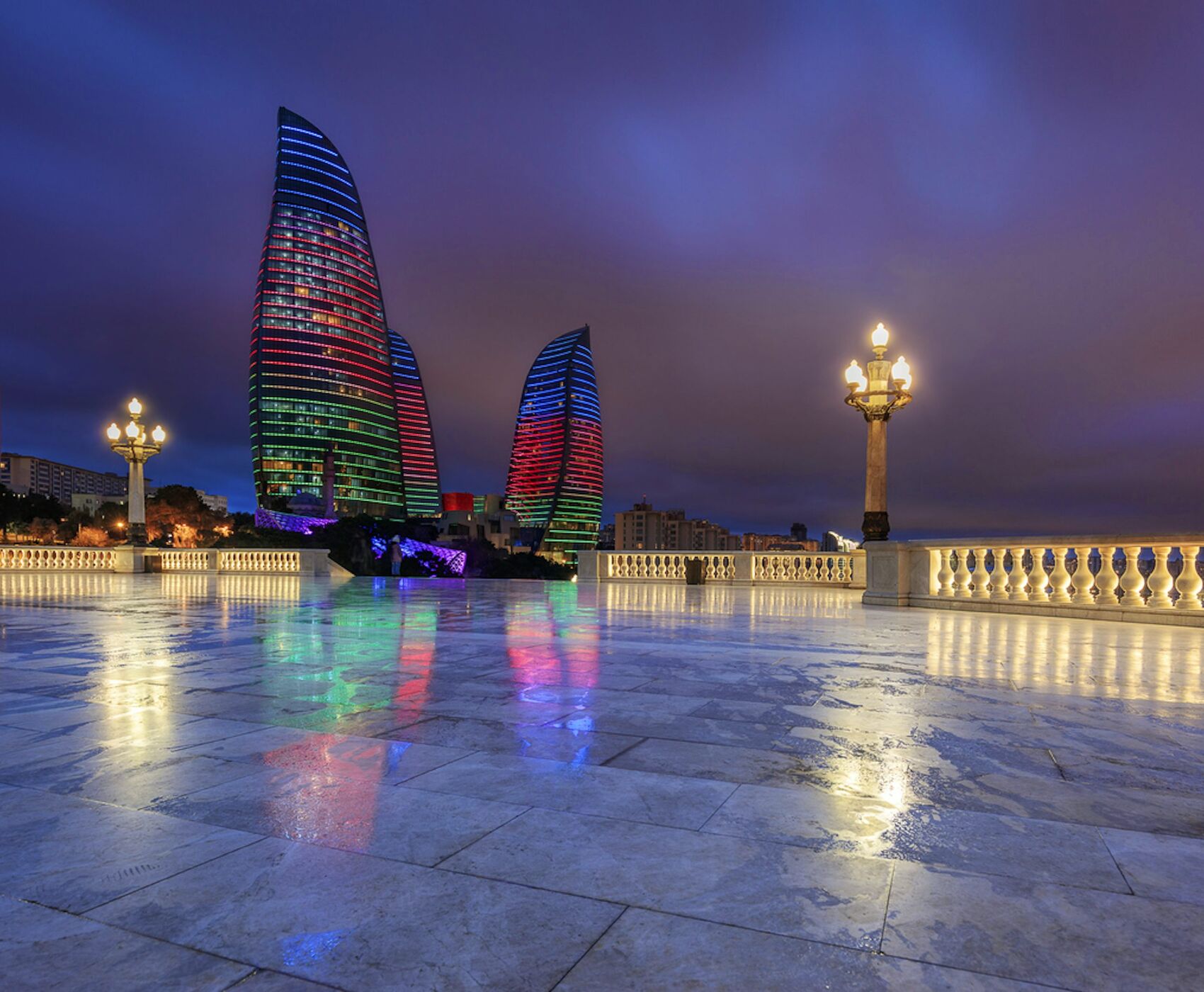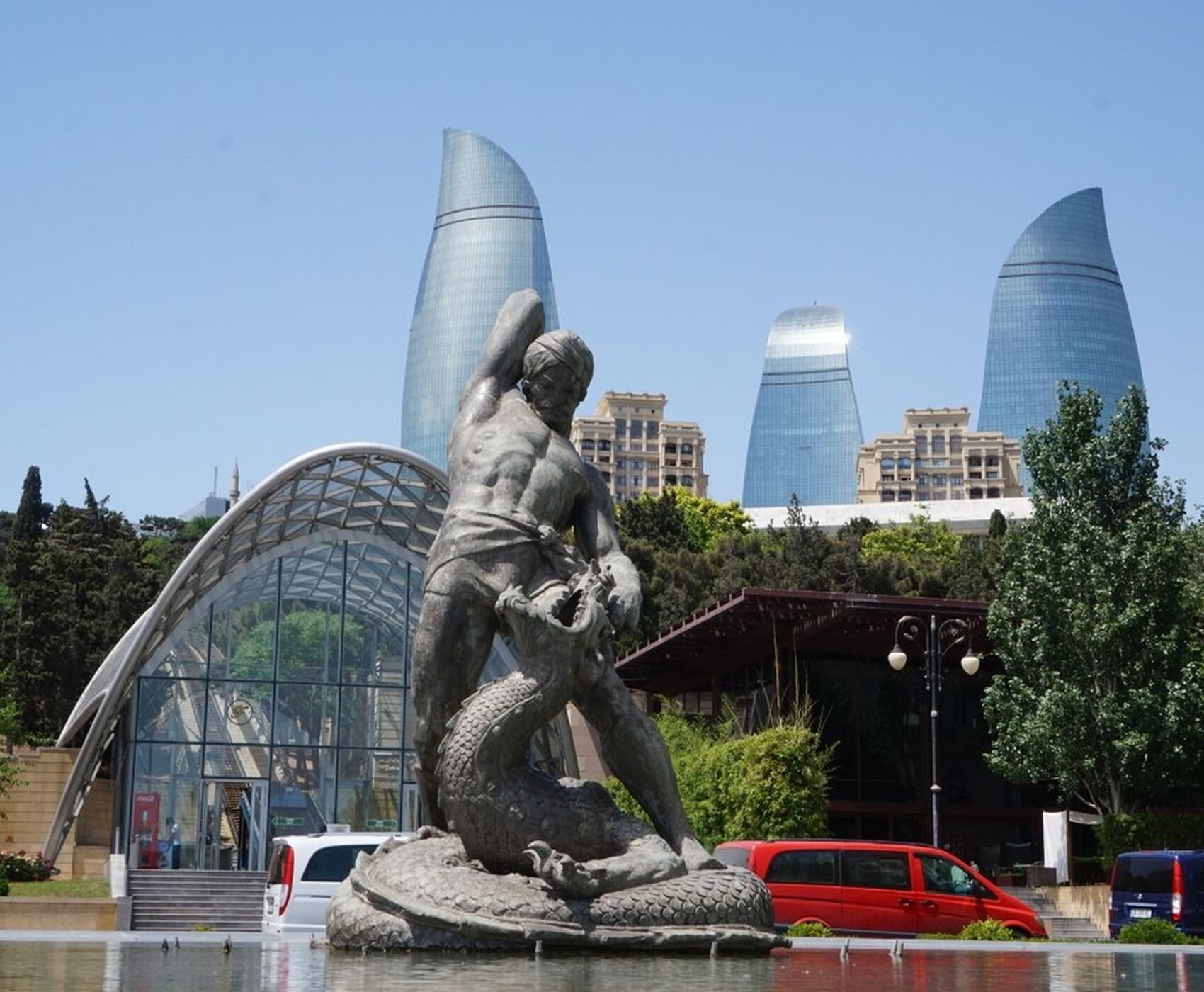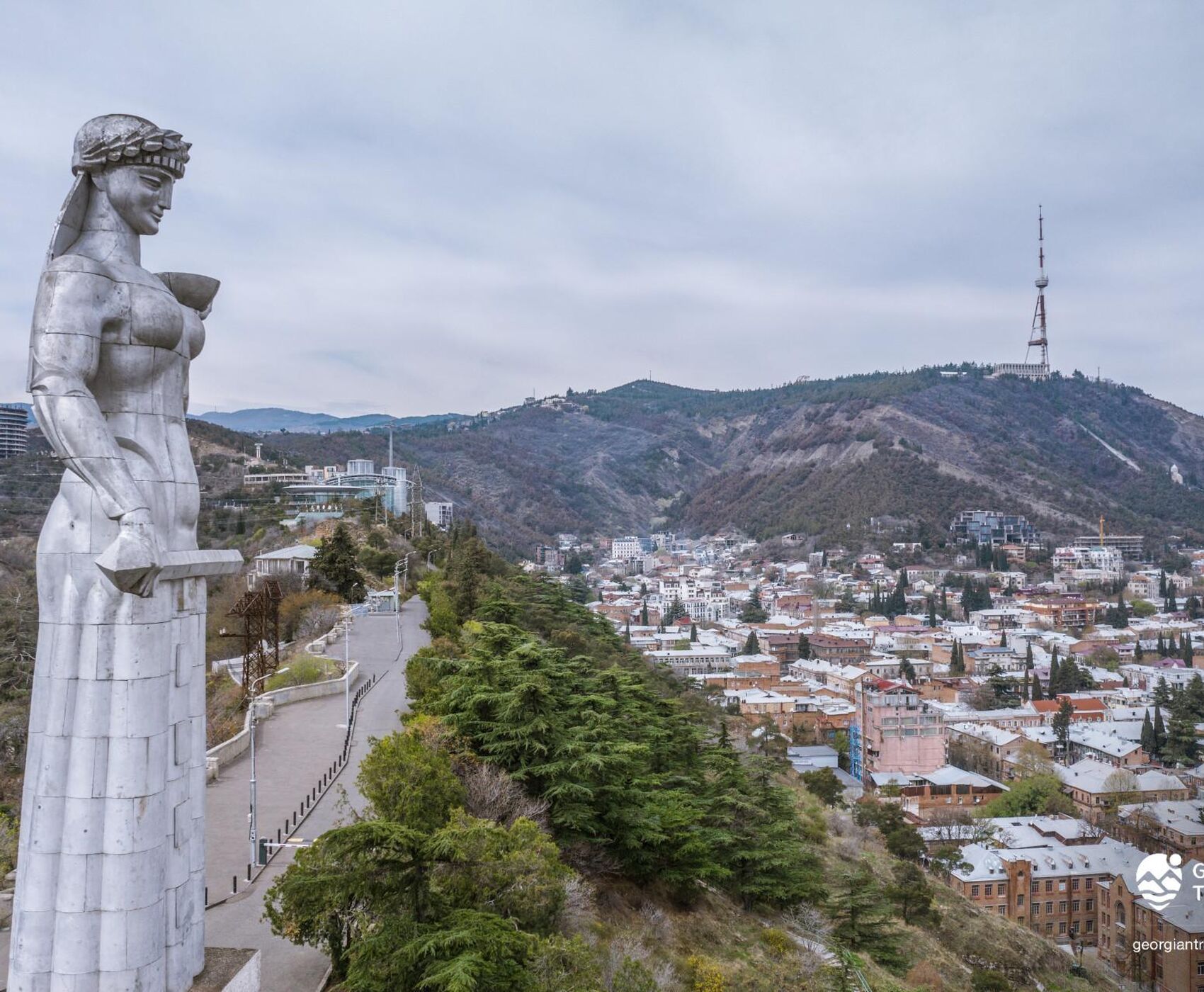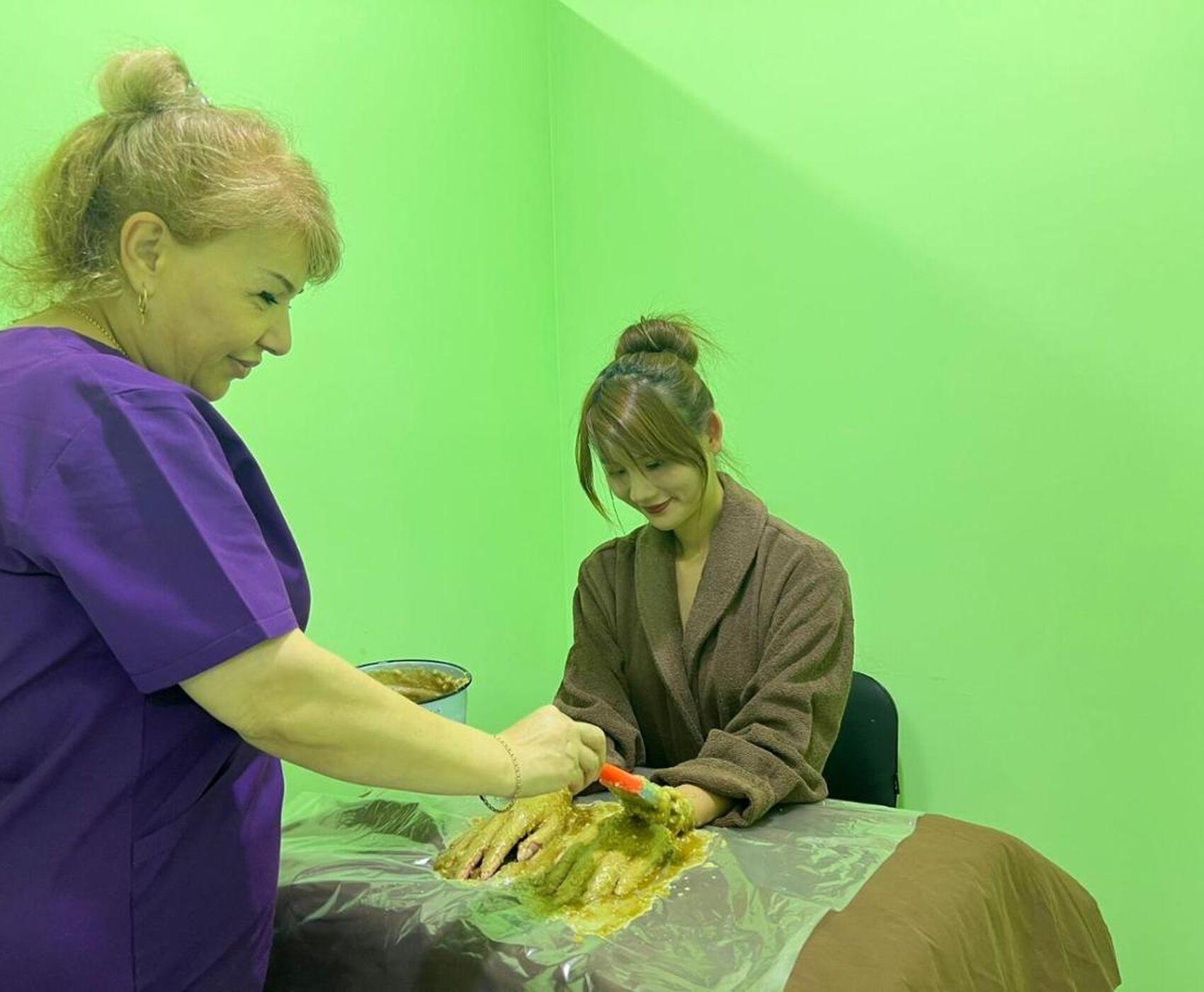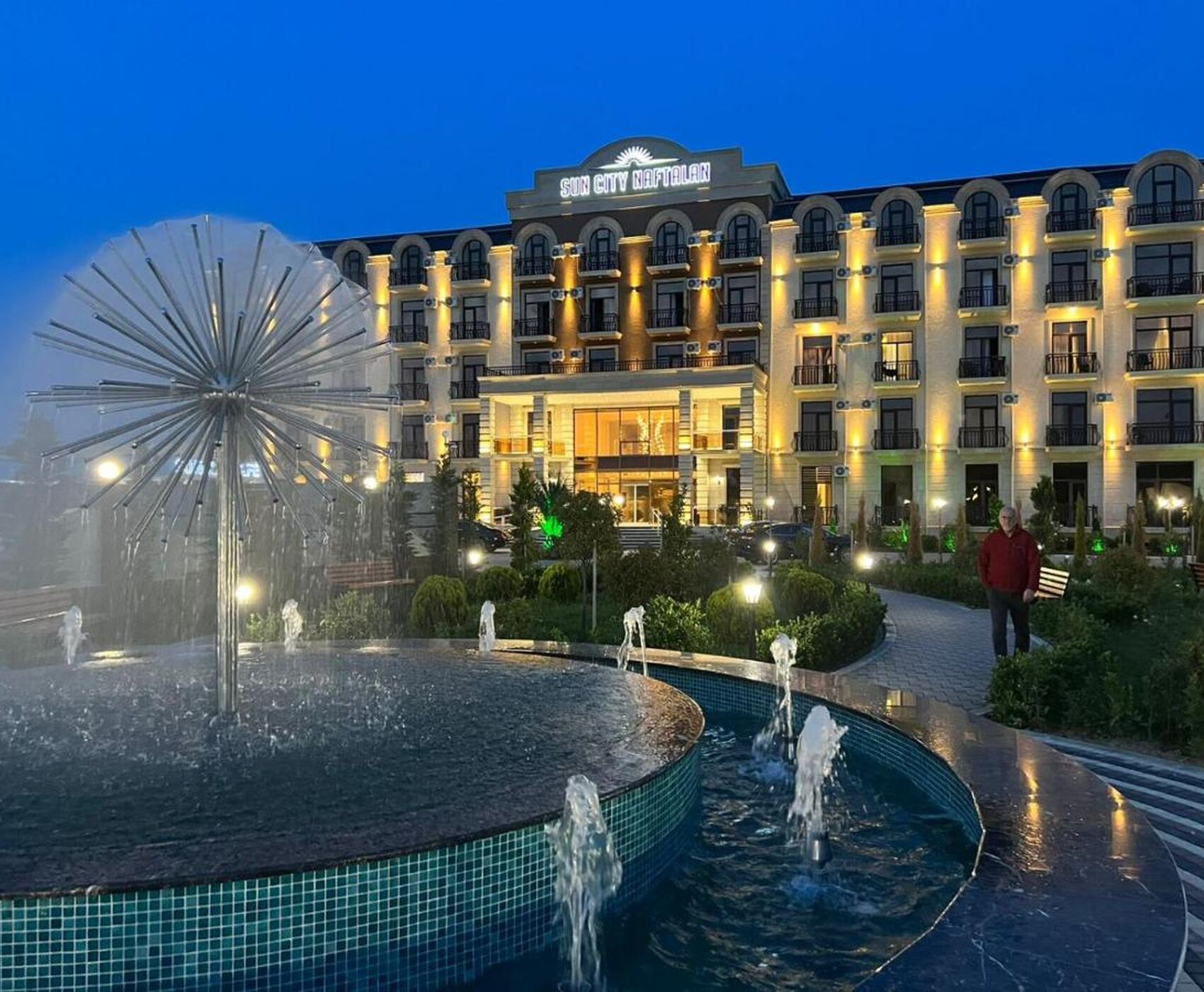After breakfast at the hotel in the morning, the first thing we will do is Shirvanshah II, built in the 13th century, which is worth visiting as one of the most impressive sacred places in Baku. Bibi Heybet Mosque, which is an exact copy of the old mosque built by Farrokhzad, which was destroyed in the 1930s but rebuilt in the 1990s, is on the shores of the Caspian Sea after our visit to the mosque, which reflects classical Azeri and Ottoman architectural features together with its striking stone architecture, two beautiful minarets and domed design. We go to Upland Park, which is located on a high area overlooking the region. The park, which also hosts the Turkish Martyrs' Monument, offers us the chance to watch the impressive skyscrapers, symbolic towers and historical treasures of the city, as well as the fascinating views of the Caspian Sea. After visiting Upland Park, which is one of the places visited by tourists visiting the city with its beautiful monuments, ornamental fountains and walking areas, and the Martyrs Alley built for the Turkish soldiers who lost their lives in 1918, we go to the Azerbaijan Carpet Museum. After our free time after our museum tour accompanied by the explanations of our guide, we go to Absheron. We go to the Kale Open-Air Archeology and Ethnography Museum (Qala Arxeology-Ethnographic Museum Complex), where the archaeological artifacts found on the peninsula are located. We complete our trip with the explanations of our guide, and then we go to Yanardağ, which the famous Traveler Marco Polo called the "Land of Fire". After our visit to the volcano, which has become one of the symbols of Azerbaijan and was accidentally burned by a shepherd in 1950 and continues to burn today, it was taken under protection in 2019 and is located in an area of 65 hectares. We go to Ateşgah, which was used as the temple of the Zoroastrians until the 7th century. The Ateshgah, which was the accommodation place for the caravans passing through here in the periods and which was very sacred for the Zoroastrians, lost its importance when the Azerbaijanis accepted Islam in the 7th century, but a priest continued to serve here until the 19th century. In the middle of the Temple, which resembles city inns according to its structure, is a burning place that burns day and night. Rumor has it that this used to be a natural fire, but now it is burned by natural gas coming from the well in the middle of the temple. There are small rooms around the burning fire in Ateşgah. Each of these rooms has a small window that overlooks the fire. In the past, Zoroastrians who came here for pilgrimage used to stay in these rooms, constantly watch the fire from the window and perform their worship by torturing themselves in various ways. After our trip to Ateshgah, we take a photo break in front of the Haydar Aliyev Cultural Center, which is considered one of the most important buildings in Azerbaijan, and then we go to our hotel. We stay at our hotel.
 en
en  EN - 1-English
EN - 1-English DE - 2-Deutsch
DE - 2-Deutsch RU - 3-Русский
RU - 3-Русский FR - 4-Français
FR - 4-Français AR - 5-عربي
AR - 5-عربي FA - 6-فارسی
FA - 6-فارسی


